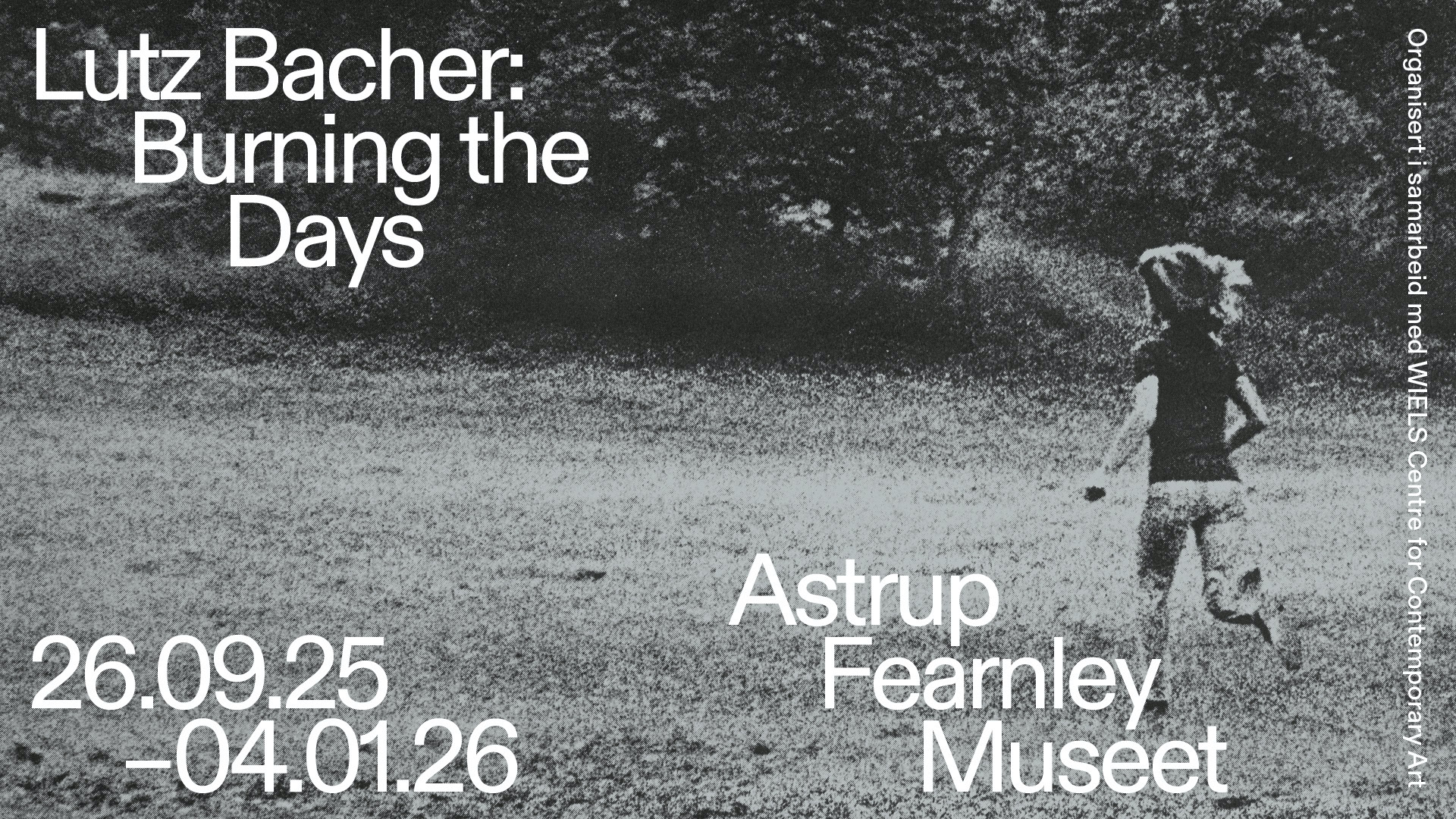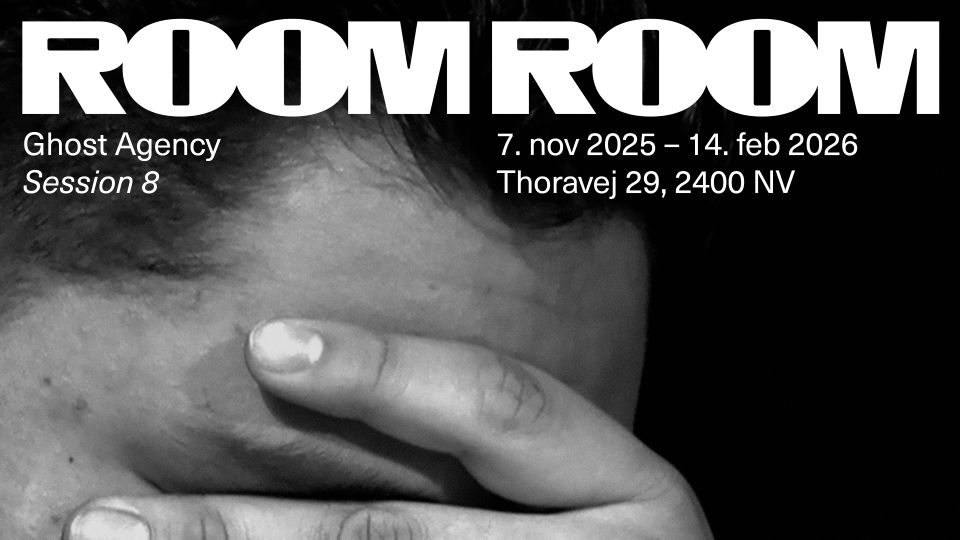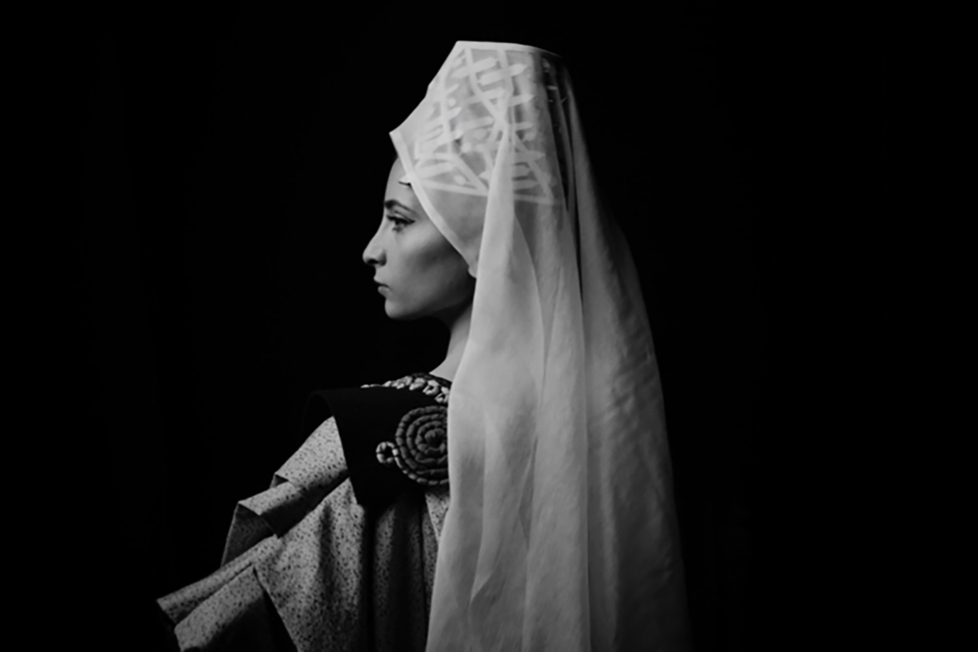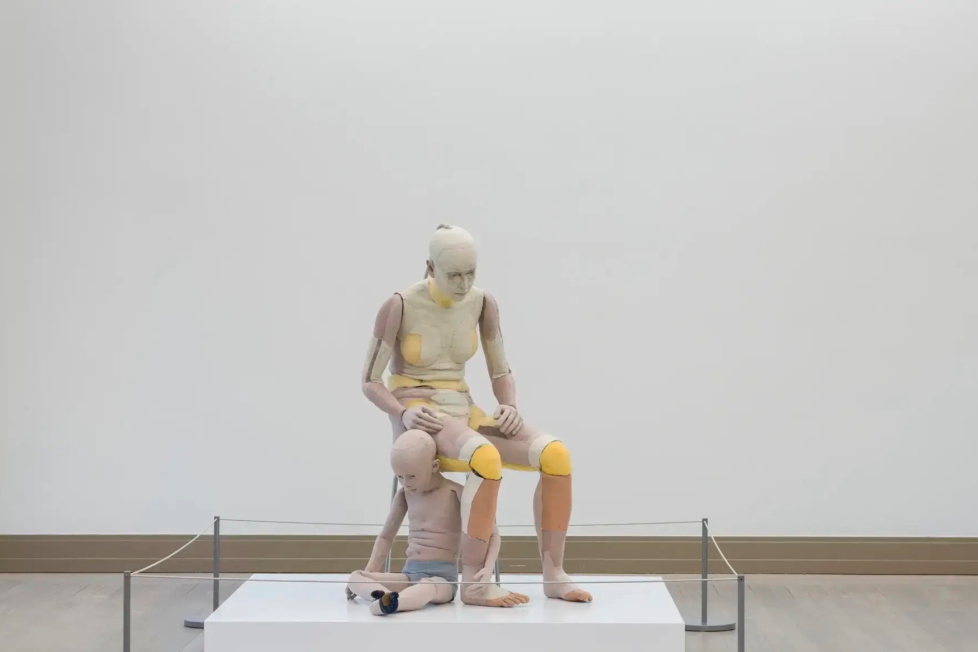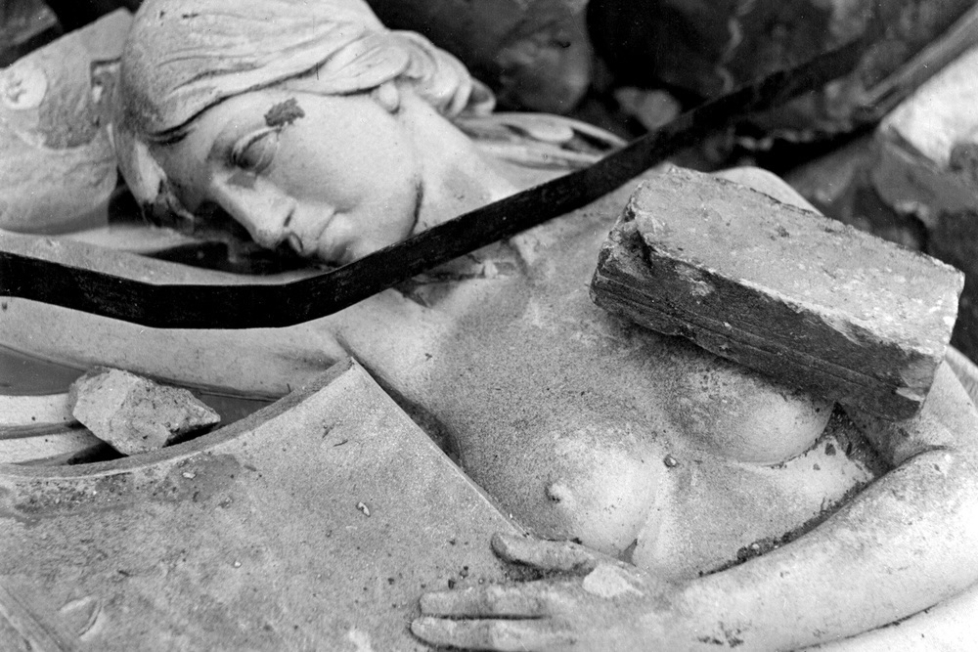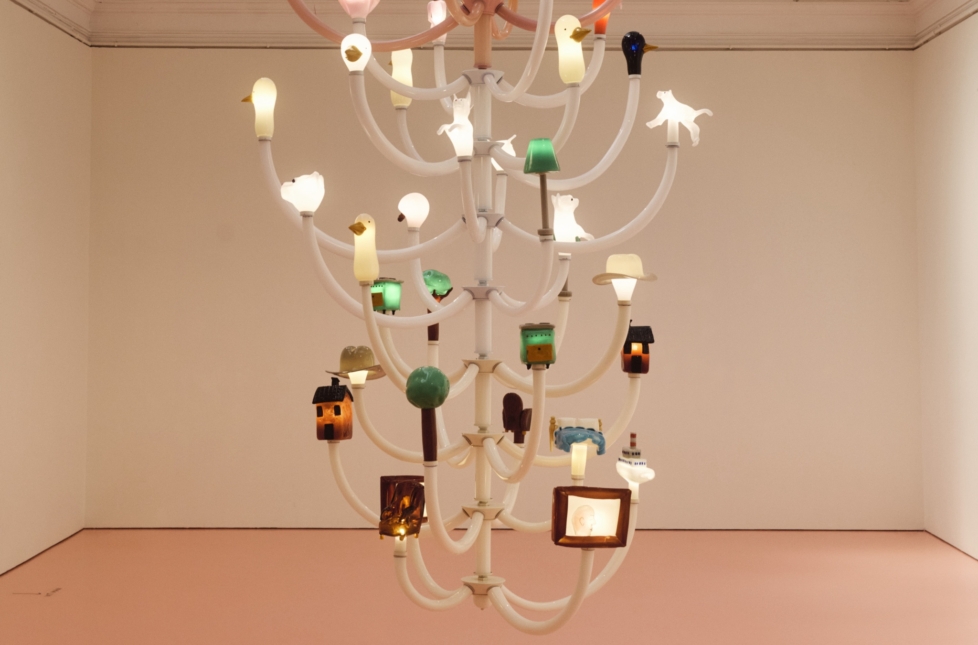
As I like to say: The best thing about the Hannah Ryggen Triennial is Hannah Ryggen herself, whose work continues to unleash a kind of resilient euphoria in a present moment where we’re all being held hostage by psychopaths. Trondheim Art Museum’s Passing Motherhood positions Grini (1945) – that marvellous woven incantation, a response to the artist’s husband’s arrest and imprisonment by the German occupying forces – as the dark epicentre of an exhibition that, like the triennial’s many sister-planets orbiting in Trondheim in 2025, thematically revolves around motherhood. It’s a premise that could easily have come off as vague – after all, who or what doesn’t have a mother? Then again, for the very same reason, it’s impossible not to be moved by it.
In Grini, the mother is absent from the image – only the imprisoned husband is present, along with a vision of the daughter on horseback, just behind. But, of course, we know where the mother is: she’s behind the loom, weaving the tapestry in question. This move recurs throughout the exhibition. The mother’s presence is often sensed or alluded to, but not made visible. When she does appear – as in Elise Storsveen’s nine-metre-wide, three-metre-high The Birth (2023) – it’s so in-your-face you have to step outside to catch your breath before going back in. I mean, how are you supposed to slide past that? With those colours, and above all, that? The mysterious thing that, for so long, left nervous men behind a closed door with cigars in their inner pockets, kept – for better or worse – at a distance from the reality of it all until someone decided it was cooler to irrevocably traumatise us by giving us the incredibly important job of holding the hand of the person giving birth.

There are several reasons why there is yet to be a triennial that centres fatherhood, founded in the memory of a male artist. But we shouldn’t rule out that it’s a possibility for the future. Ten years ago, no one would’ve believed Donald Trump could become president of anything larger than a local McDonald’s, and it hardly matters that some of us still don’t believe it. Shit happens. Twenty years ago, no one would have predicted that a late weaver – at the time, a mere footnote in art history – would become the trigger point for the development of several movements in Norwegian contemporary art in the following decades. And yet, here we are with a triennial that from the beginning has foregrounded just how inherently challenging it is to use a single artistic practice as the starting point for defining a collective movement. And I suspect it will always be this way. As I reiterated at the beginning of this text: it’s Hannah Ryggen who remains the best thing about the triennial. Regardless of how obvious – or at times far-fetched – the connections between her work and the present might be.
Much of what’s on view in this exhibition can be seen as a logical extension of either her craft or her attitude, or both. Veslemøy Lillengen’s worktable, for instance, suggests an ongoing and uninterrupted activity. A personal inquiry into Western culture resonates in the work of Basma al-Sharif, and is further sharpened in Athena Farrokhzad’s words to the child in her womb. Echoes from the past are evoked through the presence of Käthe Kollwitz and Louise Bourgeois – echoes that might ordinarily have slipped under the radar, yet feel unsettlingly close at the moment. The exhibition could have resembled the assembling of a simple puzzle, with few pieces and an obvious fit, if someone hadn’t, thankfully, made the decision to introduce elements that break free from what might otherwise have become a stifling bubble of well-meaning care.
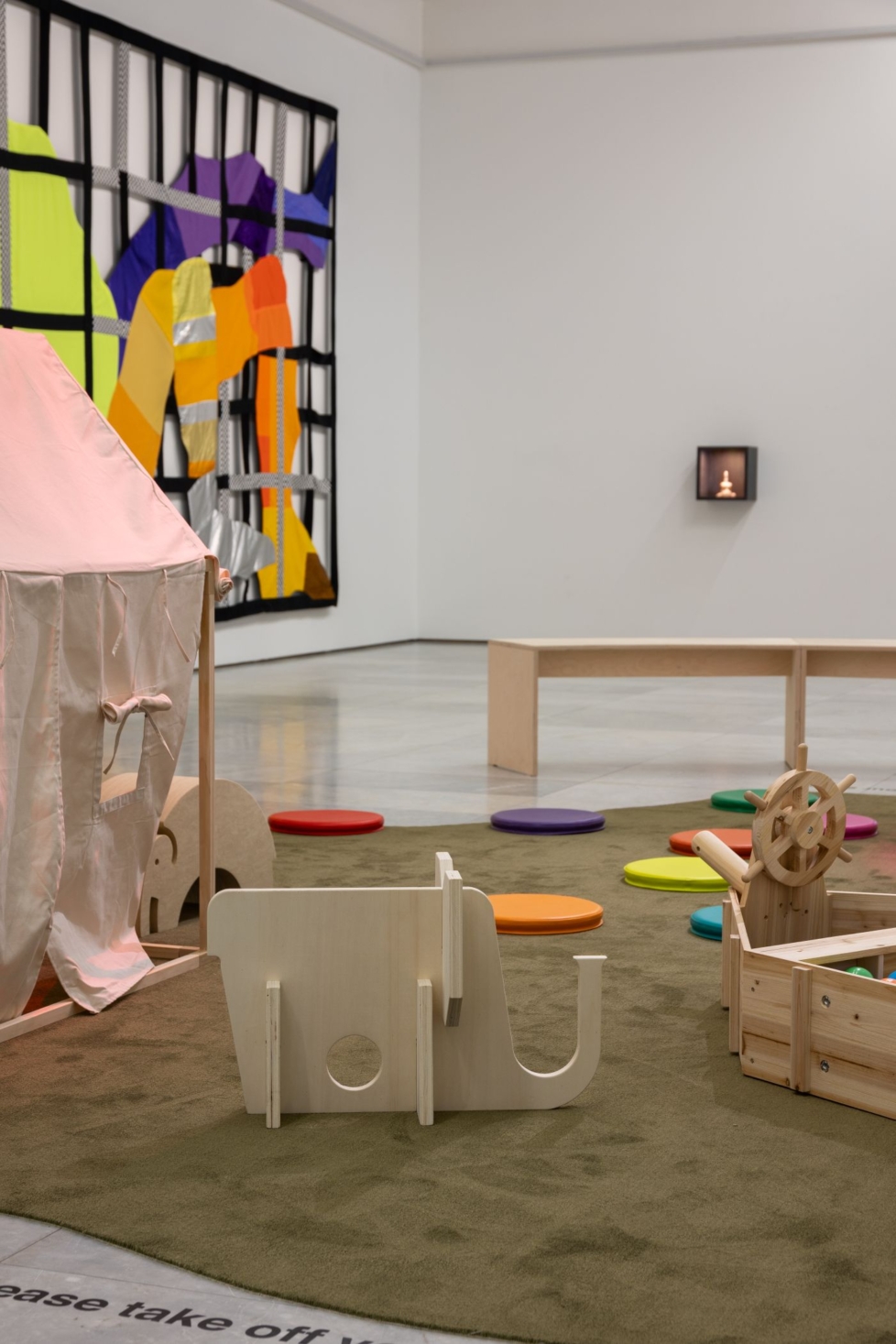
Nils Aas’s The Elephant (1968) is clearly a spanner in the works; it pushes the exhibition’s theme so far it becomes genuinely funny. Technically, it’s a children’s toy, and, of course, all children – ahem – have a mother, which opens up just enough curatorial wiggle room to get away with almost any old codswallop. It offers some breathing space in a context where an elusive kind of shame constantly gnaws at me, and where nothing truly surprising tends to happen. But then it does, and it turns out that it’s still possible to gesture, however faintly, towards something off the map, even when the map feels universally defined.
Thora Dolven Balke’s three sculptures, Gravitas I–III (2024), push the associative faculties as far as they’ll go, presenting something utterly unfamiliar as recognisable – rather than taking the more obvious route of rendering the familiar strange. The form and colour of the objects beg to be placed within memory or experience, but I come up completely blank every time I try. Eventually, I have to give in and read that the reference for the work is a baby bath – though I’m not sure knowing this actually helps. The colour – a soft pink with just enough yellow in it to have once been sold in tubes under the name “flesh” (back when “skin tone” was assumed to mean my skin tone) – suggests something physical. The form – a bath – hints at something inorganic and functional. The combination lands somewhere between sex doll and abstraction, opening up a wild range of contradictory interpretations, some of them quite far removed from any kind of baby bath.

Regardless of what you choose to read into these objects, the impression of mass production and utility remains. Within the art institution, this aligns most closely with the appropriation of advertising’s visual markers that took place in the late 1980s and early 90s. Think of Jeff Koons’s series of brand-new vacuum cleaners, or Haim Steinbach’s everyday objects. A postmodern pocket where Expressionism isn’t just a thing of the past – it’s de facto impossible. All things considered, this is not something I’m often reminded of, and certainly not something I expected to encounter in this context.
Although the exhibition is titled Passing Motherhood – which can hardly be interpreted as anything other than an ambition to move beyond the gravitational pull of motherhood, not just here, but absolutely everywhere – there are, in general, few attempts to do so. Motherhood is hard to move past. Everything else unfolding in the world is, after all, temporary. But wherever we’re headed as an upright-walking species, it’s crucial not to repeat the same mistakes too many times, and, when it comes down to it, every opinion is a strong opinion. Suddenly, we were never here to begin with.

